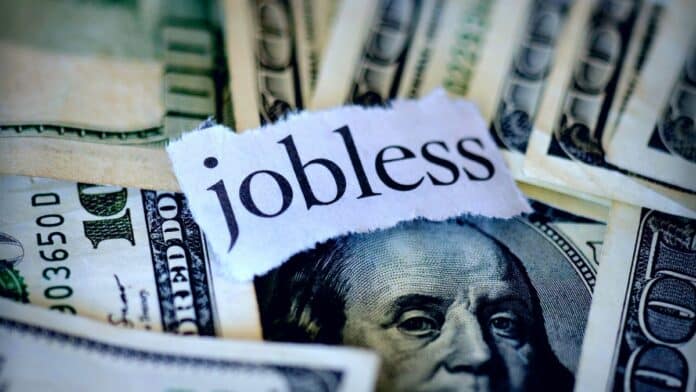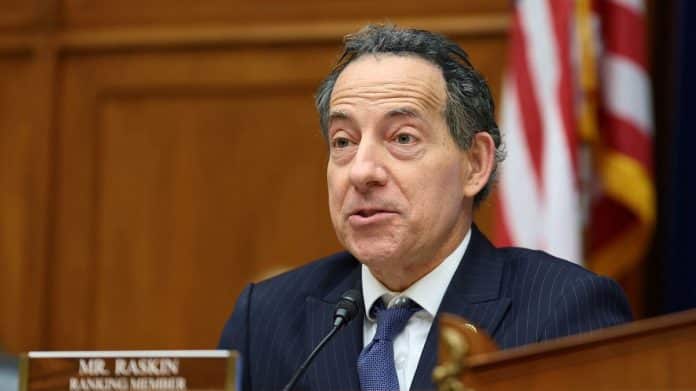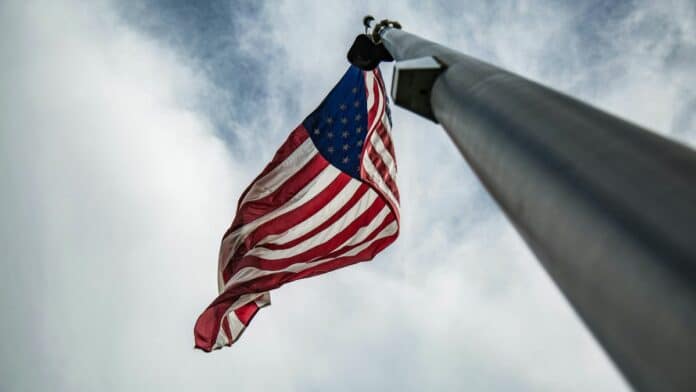German leaders have publicly acknowledged that the country is facing a full-scale migrant crisis—an admission that comes after years of dismissing or censoring warnings from the right-wing Alternative für Deutschland (AfD) party. Officials now admit to surging unauthorized border entries, strained public services, and growing unrest in cities bearing the brunt of uncontrolled migration.
According to reports, the same concerns raised by the AfD—overloaded housing, overstretched welfare programs, and increased pressure on law enforcement—are now being validated by government ministers. These concerns were previously labeled xenophobic or alarmist. AfD officials had long warned that the country’s asylum and migration policies were unsustainable and would lead to a breakdown in public safety and cohesion.
While German leaders are not publicly crediting the AfD, their recent shift in tone reflects political pressure. The AfD has surged in regional polling, winning key votes in multiple states and gaining ground among working-class voters who feel abandoned by mainstream parties. The government is now moving to tighten border controls, expedite deportations of illegal entrants, and reconsider elements of its asylum system.
Germany’s delayed response mirrors broader European tensions. Countries like Italy and Hungary have clashed with the European Union over migration, while Germany’s previous open-border stance is now under internal review. Officials face mounting pressure not only from political opposition but also from municipal leaders overwhelmed by the scale of the crisis.
The shift underscores growing public demand for national governments to assert sovereignty, enforce immigration laws, and prioritize domestic stability over globalist immigration frameworks.












